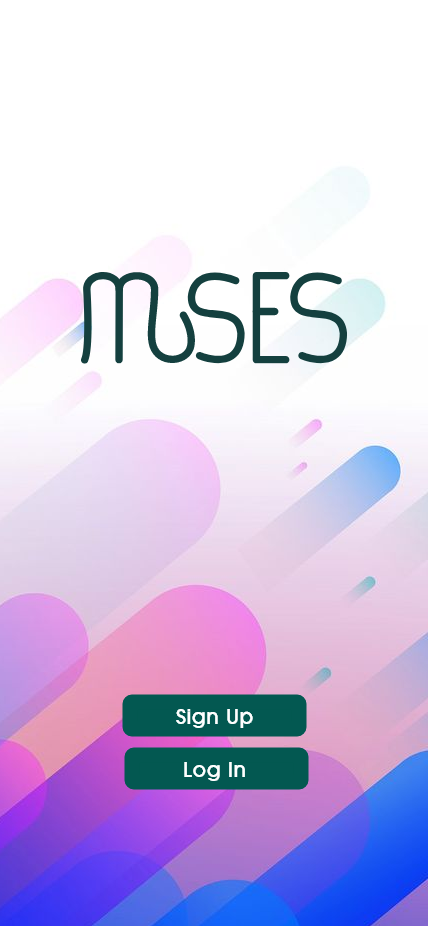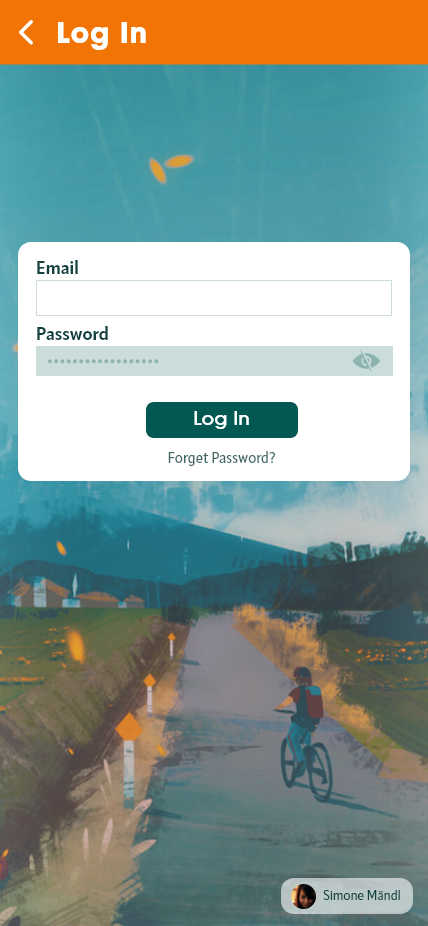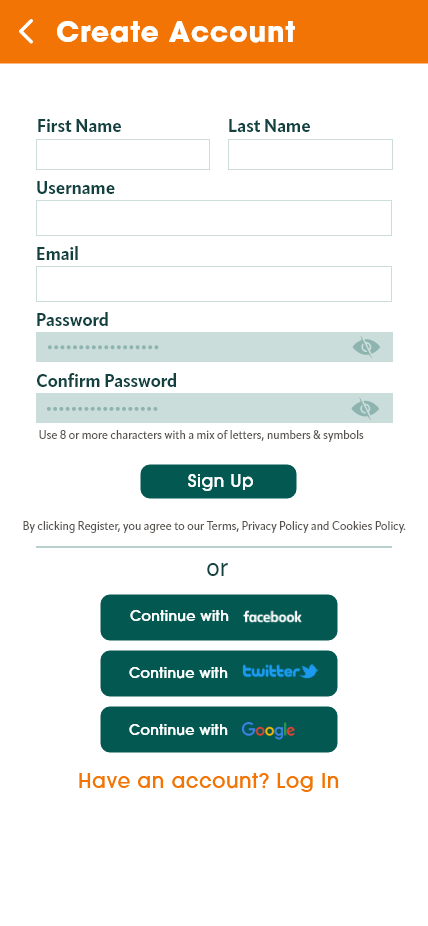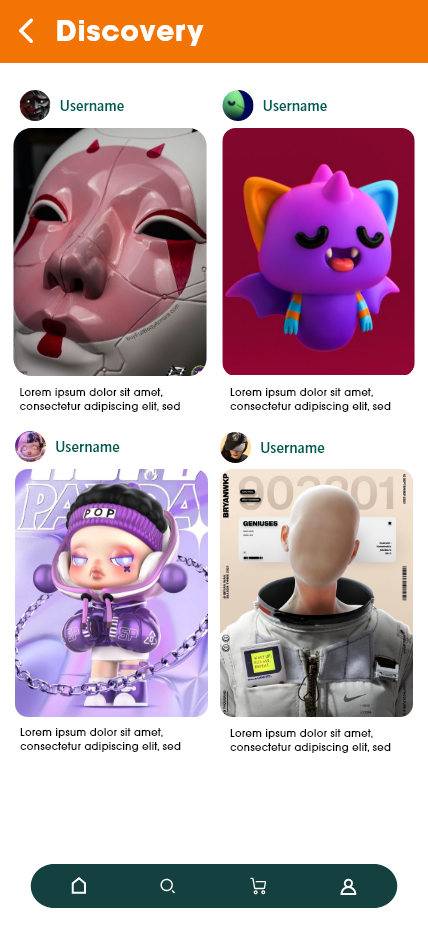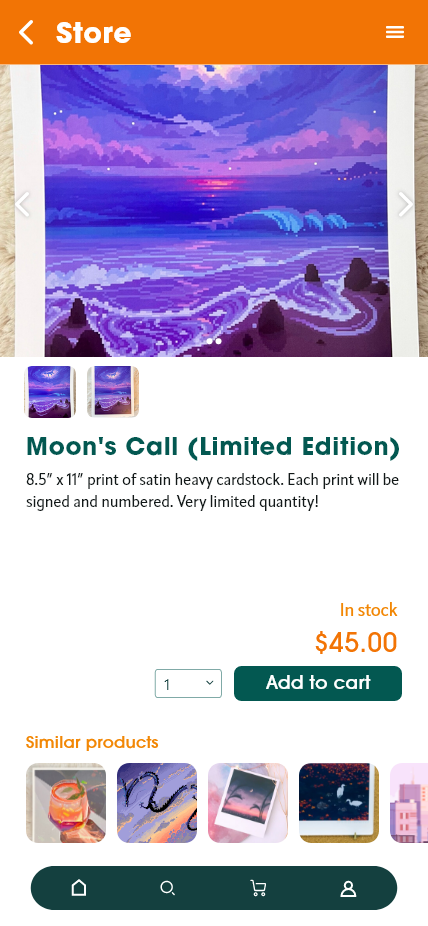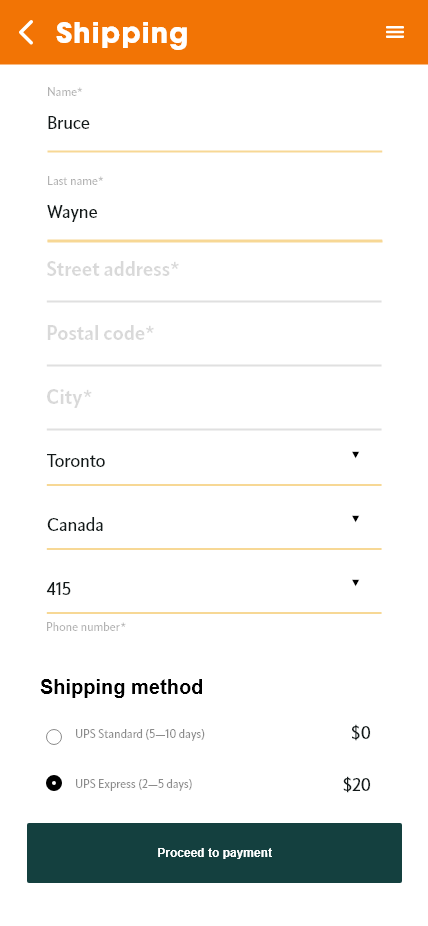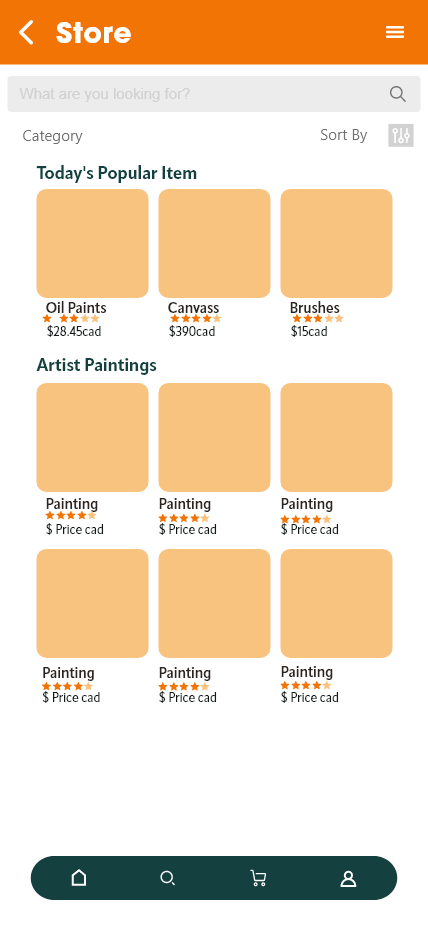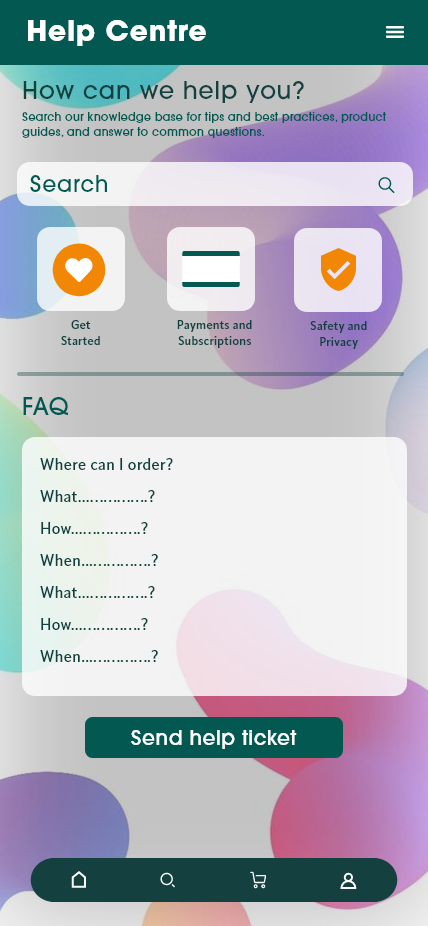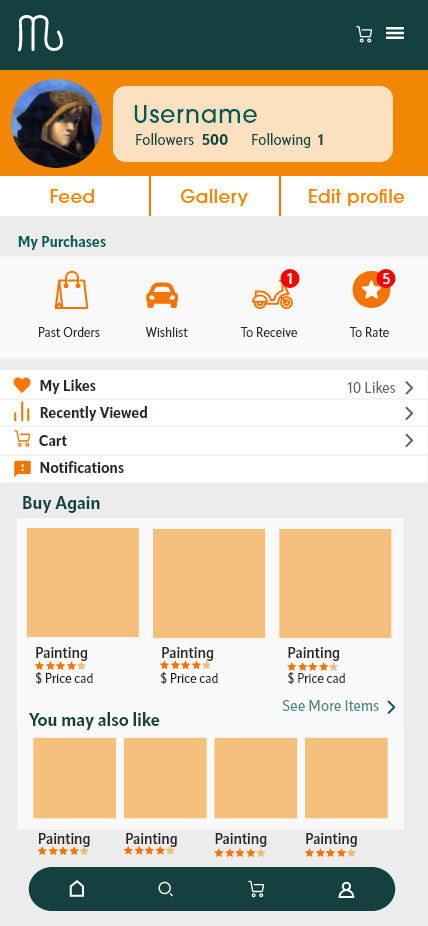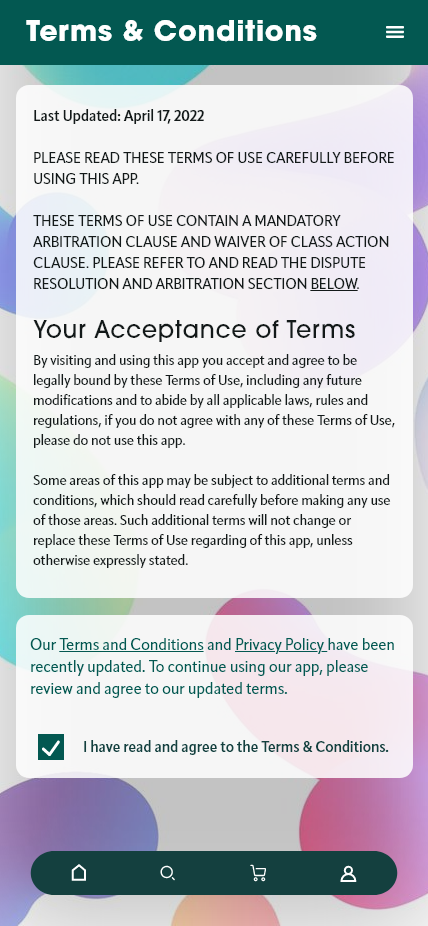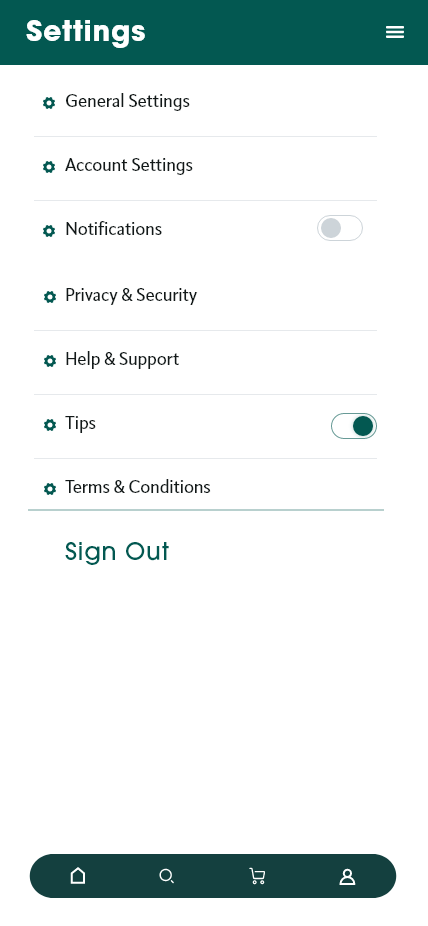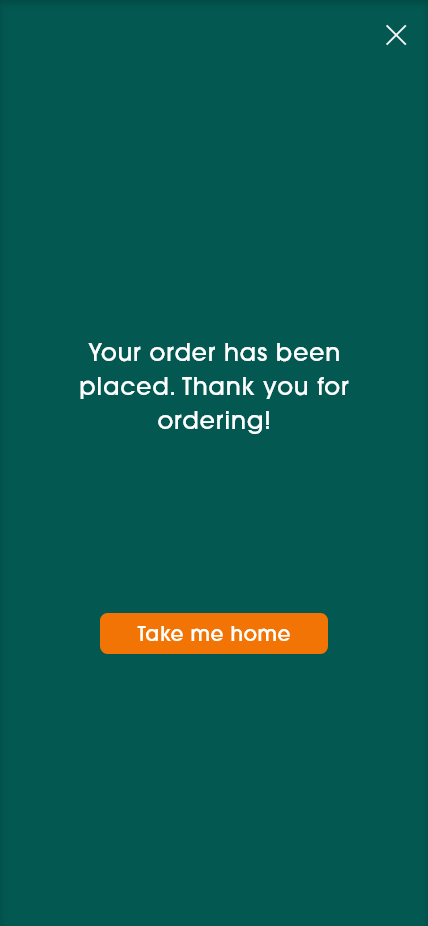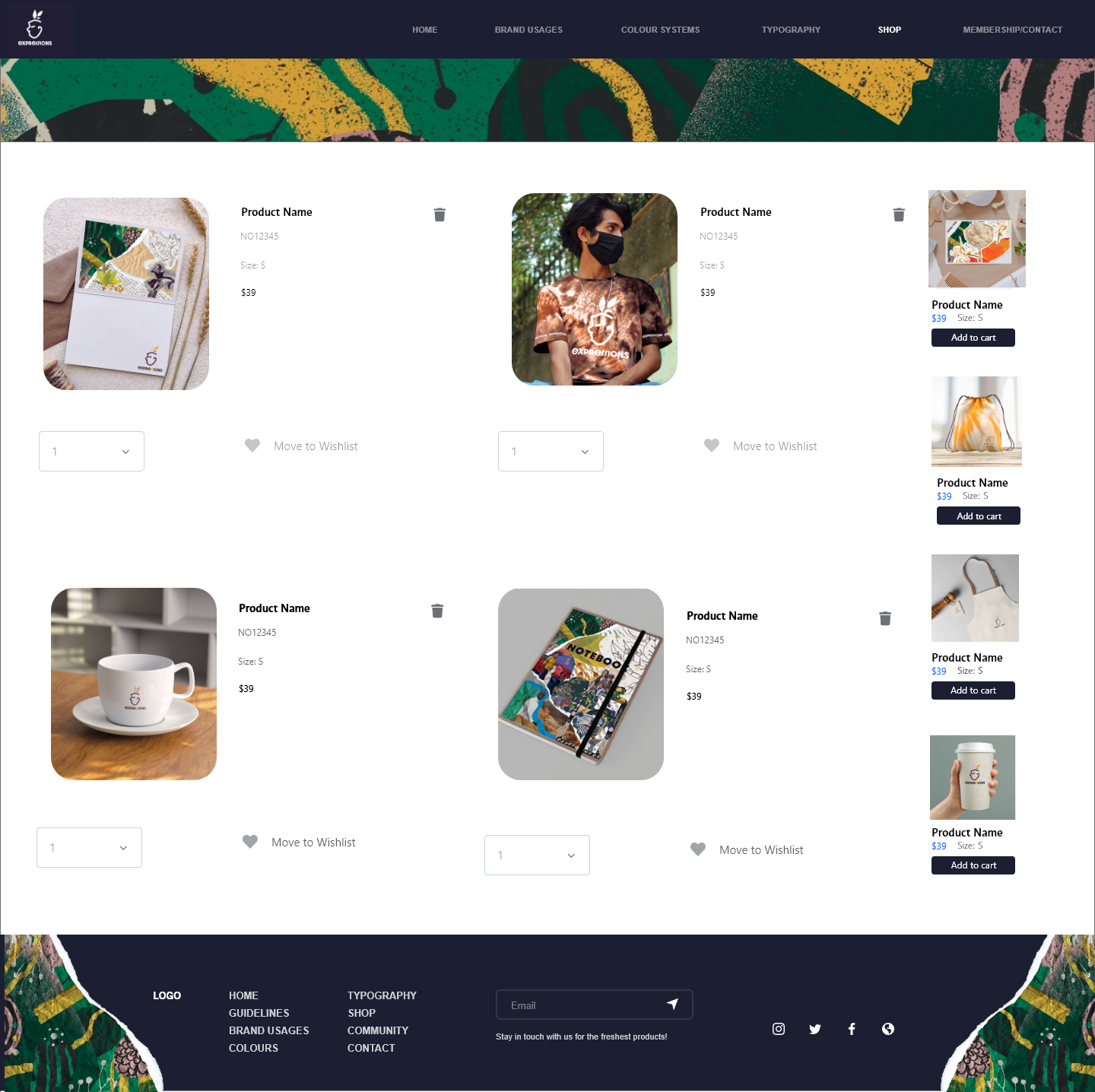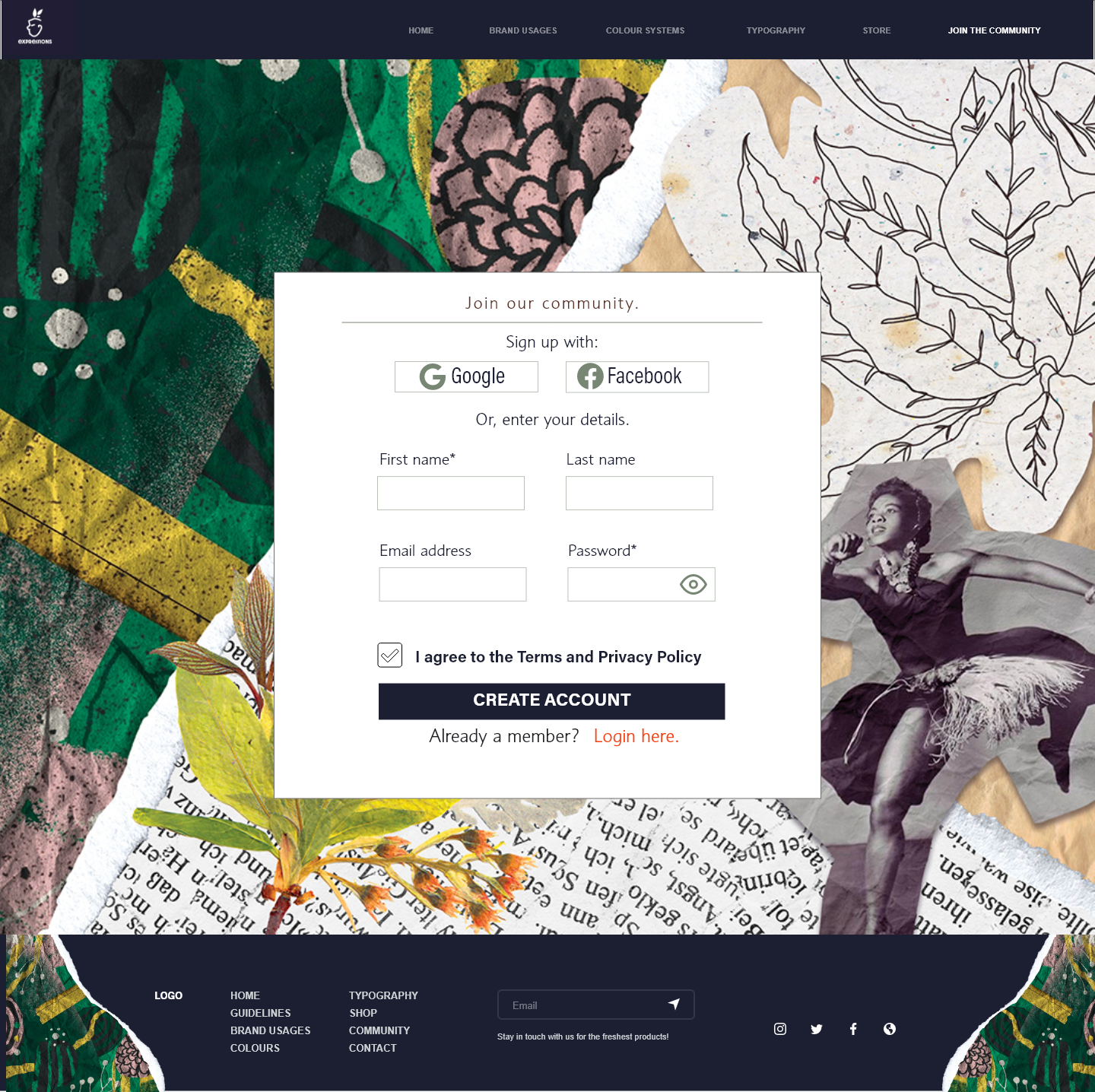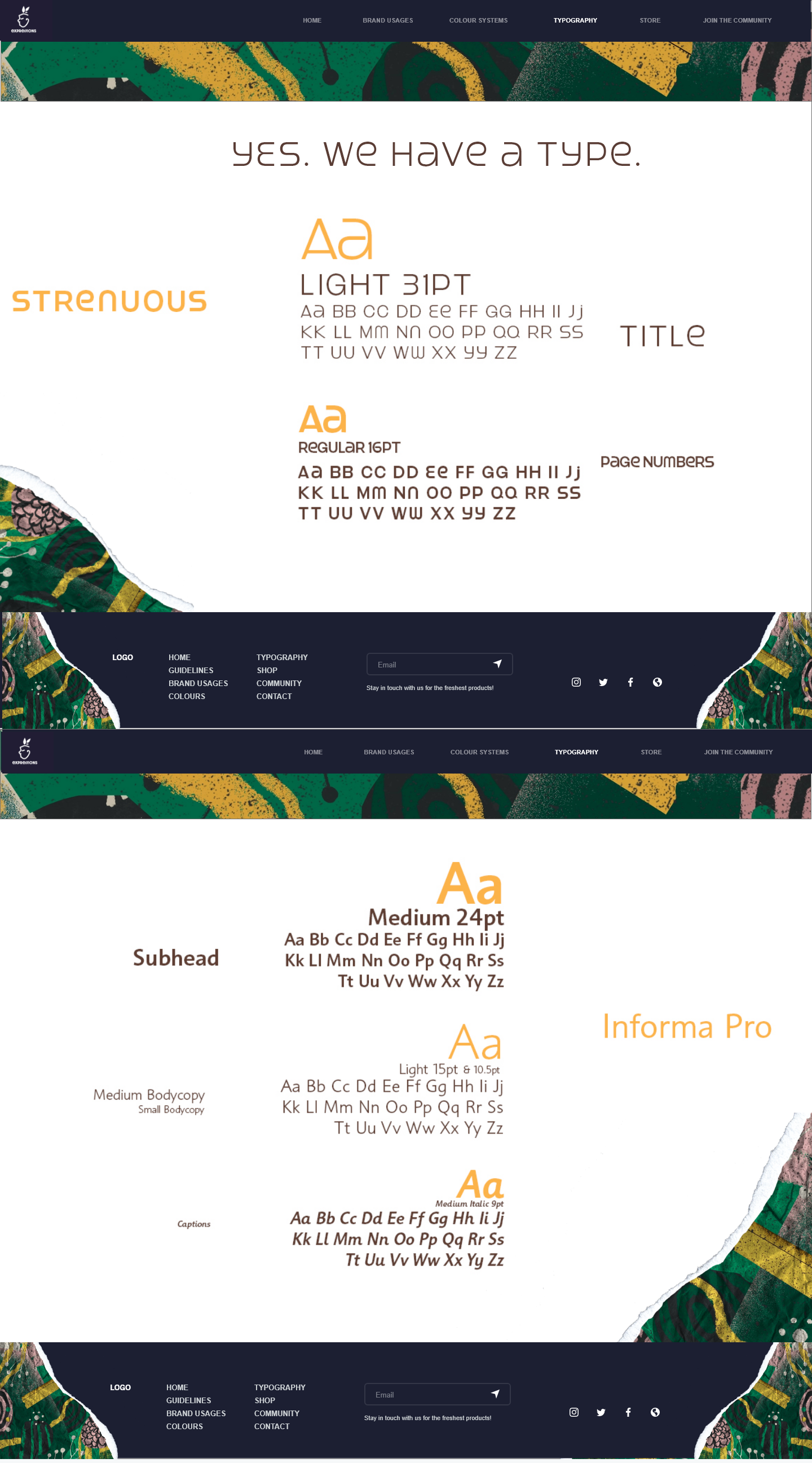I am a student in Seneca’s Interactive Media Design program. As a copywriter razor-focused on writing, this program taught me a whole new skill set. Some new things I learned include user experience design, web development, animation, 3D modeling, video and sound editing, interactive project management, and a holistic approach to design thinking. I learned to use cutting-edge industry tools such as Visual Studio Code, Adobe Creative Cloud and interactive design collaboration tools such as Figma, Miro, and Milanote. I learned how to work better with visual designers and understand their language and thought process to become a more empathetic creative project manager. Below are some of the projects that I’m most proud of!
Stage I: THE BASICS OF UX AND BRANDING: As part of a group project in our Interactive Media Business class, we created a mobile app called Muses. The app was designed to promote Seneca’s Art and Design talent. This project was my first introduction to Adobe XD, which Figma has since acquired. This class taught me about wireframing and how to build a UX experience from scratch.
Stage II BRANDING: For the second part of my Interactive Media Business class, my colleagues and I created visual brand guidelines for a concept of our choice. We focused on a coffee store with a strong art and culture focus. Our brand was called EXPRESSIONS, and our visual brand guidelines included a web component that outlined the content in our physical brand guidebook. I was in charge of translating the brand book into a digital experience.
Stage III: PROJECT MANAGEMENT: The creative industry ensures that projects are executed on time and within tight deadlines. Through Interactive Project Management, I had to work on two group projects. The first one was about developing and executing a client brief. Our client, TVO, needed a new product. My group and I created EASE, a toy designed to help children with mild sleep disorders. Click this Link to see our Client Brief.
Next, we had to create a project plan for EASE. How would this big idea look once it needs to be carried out and brought to life? Is it feasible? Can it be completed within the allotted budget and deadline? Click this Link for our Project Plan, outlining the stakeholders, timeline, costs, and assumptions to execute our project. Lessons learned: don’t underestimate the importance of costs, deadlines, and managing stakeholders’ expectations!
Stage III: BRAND STRATEGY AND CAMPAIGN DEVELOPMENT: Probably the area I am most familiar with, this class allowed me to take the reigns and lead my team in executing our dream campaign. The client: Qatar Airways. The big idea: "Sky-bound Harmony: Bridging Dreams and Destinations. Click this Link to learn more about our strategy for our big campaign.
STAGE IV: INTERACTION DESIGN: So, with this class, I got to cut my teeth into what it meant to perform in-depth UX research, organize design sprints, and learn about the importance of empathy when designing a product. This project was personal, based on my real-life experience with my current bank, RBC. To summarize, I had a horrendous experience with this bank. At one point, I couldn’t even access the funds in my bank account! What would I have done differently if I was RBC? Click this Link to find out (and yes, I stayed with RBC).
STAGE V: USER EXPERIENCE DESIGN: I’ll take credit for this class because I recommended using DECIEM’s The Ordinary as our focus. Admittedly, I thought this project would have been a walk in the park because I already worked for the brand. Boy, was I wrong! One thing is being a copywriter who works on UX copy on the sidelines. But being a UX designer and creating an entire experience from A to Z is another. Ultimately, I’m happy to leave design to the amazingly talented designers. Nonetheless, click this Link to read my case study on my learnings by trying (and failing) to create a UX experience for The Ordinary.
